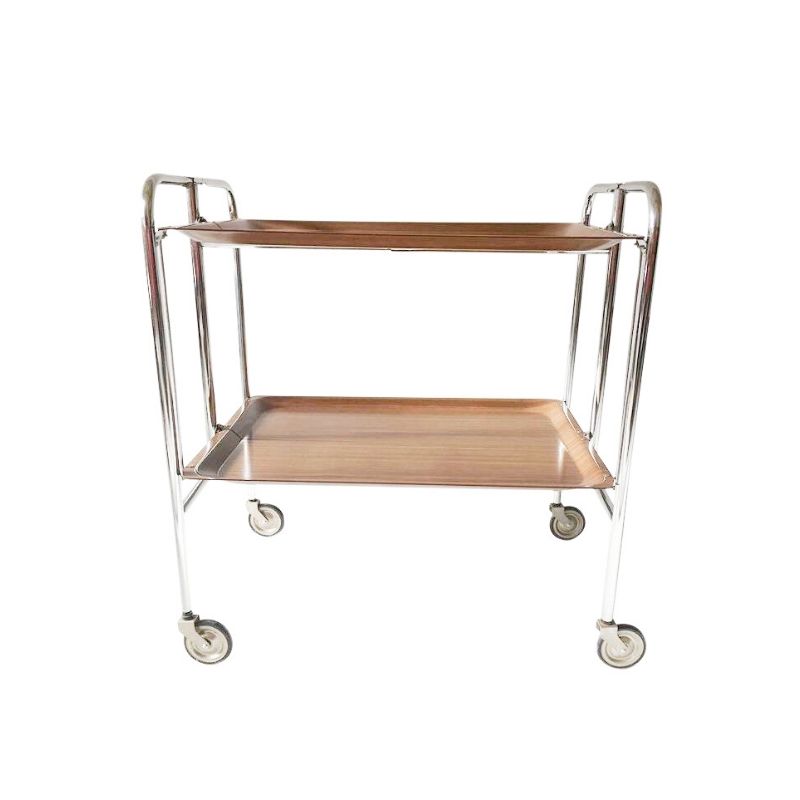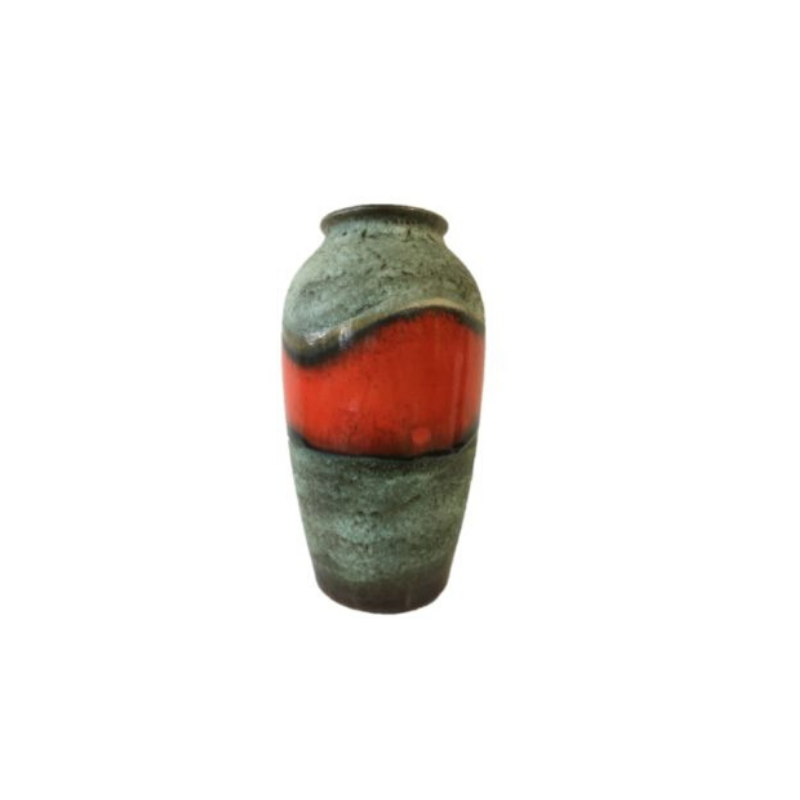A T-shaped backrest is not a specific feature that can be assigned to a particular designer.
The Koppel family didn't say anything. The Koppels were architects, and there is no serious documentation about the few furniture they designed as a sideline in dull evening hours before going to bed and having some fun.
Be careful that your search for the chair doesn't turn into an obsession, the chair isn't that great either.
Be careful that your search for the chair doesn't turn into an obsession, the chair isn't that great either.
Perfectly agree. I have to say, this discussion is fun, but I see finding documentation is nearly impossible and so will be in the future. I am still puzzled by the quality of the armrests, I don't think you see that shape and connection very frequently.
@andersen; When I saw the image you posted, I have to admit a number of images, totally unrelated, went through my mind.
I mean no disrespect to the OP, the chair or its designer but am posting those "embedded" in my memory images, in the hope they will be exorcised!
Apologies in advance , but feeling a bit "silly" today. I think the 2nd image of the elbow joint is a reasonable comparison , albeit a mobile joint...
Edit:@andersen, as I demonstrated yesterday ( time and visual recall are good partners ), this chair is now imprinted, etched in your memory and at some stage in the future you might stumble upon the same chair with documentation.


Knowledge shared is Knowledge gained
I see the eyes of more trained people can help to bring down to earth something not so special after all. this goes well with what recently recalled in another post, you better ask before shooting.The toilet plunger-like comparison certainly makes its point 😉
If I had an idea about buying this chair for its "unusual but maybe attractive" elements, I now have serious doubts and I should rather keep my money for something else...
F the record MVC’s statement that there is no serious documentation on the Koppels’ furniture, that their furniture is few (sic) or that they designed it as a sideline in dull evening hours is unsubstantiated or false. Vintage publications offering documentation are about as serious as it gets and this thread has put forward a number of pieces. And there is more which I have seen.
@mvc No offense, but I’m also convinced that if you are interested in what furniture Borge Mogensen designed for Søborg, a Søborg catalog would be a good way to find out. Better you have two, an early one and a later one. And if you happen to have a collection of Sibast catalogs and don‘t find any Mogensen pieces in it, I‘d also assume that this says something about Mogensen and Sibast. So what do you mean?
"People buy a chair, and they don't really care who designed it." (Arne Jacobsen)
@mvc I truly do not understand what you have against vintage catalogs. They are the most reliable resources we still have today. Old family lore can be valuable but it can be dangerous to rely on it entirely. Sometimes with obscure designers and makers we only have word of mouth and would wish for just one piece of solid evidence to tie the story down (an example would be the Clam chair, where there is literally just one such tie to Arnold Madsen, but it took a lot of work and luck to find it). And obviously a catalog can have a mistake. That is why as Herringbone said more documentation is better than less. More variety of documentation is better still (retailers, makers, periodicals, family stories, etc, etc). And beyond that an understanding of how that world worked is better because then you understand why certain people made and designed and sold the things they did and you can understand how and why different pieces of documentation fit, or don’t fit, together. Knowledge and experience making furniture can also help you understand why things were made they way there were and what that says about the people who made and design and sold them. And when there is a mistake or a surprising discovery in plain sight in a catalog, it is often caught by some level of this further knowledge. In fact I would state that while someone who only knows names and pictures in old catalogs will get further than someone who only repeats what is said on the internet by dealers, that person will never move beyond the strict bounds of that documentation, which is rather limited. So again, I don’t know why you are misrepresenting my true point of view to the world. You are welcome to bring to my attention any catalogs you think are mistaken or that I have misunderstood. I don’t mind being wrong; it has happened to far smarter, wiser, more knowledgeable, better people than me; and I might learn something from it.
Do you have some particular knowledge that the Koppels actually designed furniture in dull evenings before going to bed and having some fun as you said above? (Sounds like an interesting story if there is anything to it!) Or was that just a non-serious remark? For the record.
Zephyr, you are not the first who is trying desperately to shed light on the darkness, and you will not be the last to fail. You always like to talk about the fact that everything has to be viewed in the context of the time and circumstances of that time, and of course that is correct, so you should actually be aware that it was just normal people at that time, completely normal people with weaknesses and faults like everyone of us.
The gadfly Aaronny once wrote something about it which was absolutely correct, but nobody wanted to hear it because it was the gadfly Aaronny who wrote it.
Back then, none of the catalog editors thought that everything had to be exactly correct, only to serve some design enthusiasts who are racking 50 years later their brains about who designed exactly what furniture. Apart from a few real artists like Wegner, Juhl and Jacobsen - and a few others, who you will no doubt mention in a protest - the drafts of Scandinavian design were geared towards inexpensive mass production, and outside of Denmark/Scandinavia no one was interested in knowing more about the detailed background of a furniture, the main thing was that it came from Scandinavia.
If even the Danish Design Museum can only show an incomplete and faulty archive, then you must not presume to want to know better just because you have thousands of catalogs at home.
Incidentally, most of the designers at the time were alcoholics, they drank and whored as much as they could, and of course one of them copied from the other and then, drunk, claims it was his design, that's how it happened in artistic circles you don't know about, and the editors of catalogs and magazines were usually just as drunk.
It was like that back then, Zephyr, you mustn't confuse the living conditions at that time with the sterile, puritanical, political correctness mentality of today, everything was allowed at that time, it didn't matter if mistakes were made or not.
So, dear Zephyr, keep racking your brain over a subject you will never clear up, but be careful not to turn it into an obsession.
@mvc It is sad you make perfection the enemy of improvement. There really is no reason to make the Design Museum’s rather faulty Index the standard beyond which nobody to presume to know. If you prefer it as your standard then that is your choice to make.
And you greatly overstate the weakness of vintage documentation. Obviously if you look at American periodicals put together by Americans and for Americans the level of care is low when the topic is obscure Danish designers. However even when you are drunk it is sometimes just easier to let accurate information through. For instance there is a periodical called Furniture Forum which you probably would not know and there is a page, off the top of my head, that shows a chair designed by Ostrovig (sic). From this you can get a measure of the reliability. The chair is indeed an Østervig as can be independently verified. (Or we could go to your Furniture Index and look for Ostrovig, get nothing, and conclude drunkards made it all up).
This seems painfully pedantic but it seems necessary here, the closer you get to the origin of a piece the more detail and accuracy you can expect, even from drunkards. So the owner of Brande, even if drunk, was liable to correctly remember who Kurt Østervig is and not confuse him for some random Italian in his factory catalog or at his exhibition. And we can rely on the fact that his brands did not also get drunk and transmogrify their letters when he was marking furniture.
And this is precisely why more data points are better than fewer. They either help confirm or they shed doubt.
So if you would prefer to stick with the the Design Museum’s Index as your holy canon, that is fine, for you, but only for you. Please do not impose your presumptions onto the rest of us.
For myself, I prefer to stick with evidence and logic.
Slagelse for Koppel. Add found on a 1947 Norwegian magazine. Not really relevant for ID of the original chair, but maybe interesting for some.

If you need any help, please contact us at – info@designaddict.com










